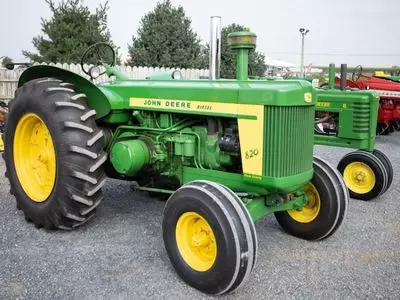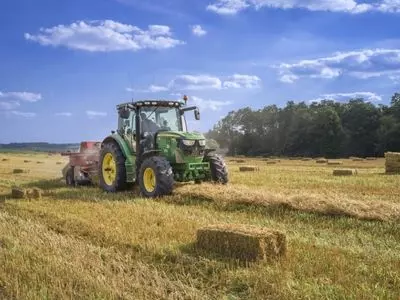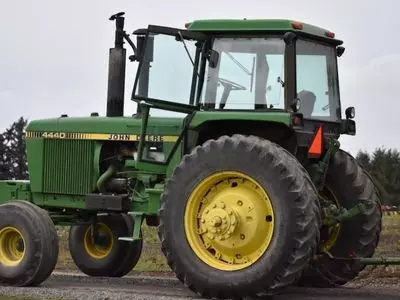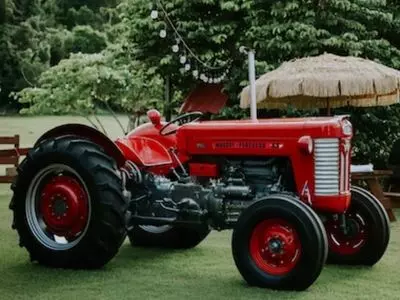Tractor
What Does ROPS Mean On a Tractor? – Ag Safety
What does ROPS mean on a tractor? Agricultural tractor ROPS stands for “rollover protection structures”, and are vital for ensuring safety while operating a tractor. ROPS can fold down or completely detach from the machine to offer protection in the event of a rollover. According to data collected by the United States government, more than half of all deaths related to tractors could have been prevented if proper ROPS had been installed and used.
*This post may have affiliate links, which means I may receive commissions if you choose to purchase through links I provide (at no extra cost to you). As an Amazon Associate I earn from qualifying purchases. Please read my disclaimer for additional details.
Is Tractor Rollover Common?

- Uneven Ground
- Excessive Speed
- Distracted Operator
- Rough Ground
ROPS History and Laws
ROPS have been utilized on tractors in the United States since 1965, but they became standard on new models in the 1970s. In 1985, the law required all newly manufactured tractors to include ROPS features. Nevertheless, there is still a lack of ROPS on tractors. Tractors without ROPS are significantly more likely to cause operator fatalities annually than those with ROPS. On average, using ROPS and seatbelts can prevent 99.9% of deaths caused by tractor rollovers.Factory Installed ROPS
It’s necessary for all farm tractors, including those intended for lawn and garden work, to have a ROPS and seat belt from the factory. The ROPS installed at the factory have been tested to withstand high levels of dynamic and rollover force, making it dangerous and illegal to modify them. Any changes to the ROPS design could prevent the roll bar from saving someone’s life in the event of a tractor rollover. A certification label from SAE/ASAE/OSHA regulations will be on factory-installed ROPS bars.ROPS Types

1. Folding Rollover Protection
The ROPS can be folded down, making it possible to drive the tractor in areas with limited headroom. For tractors in fruit-growing regions, this is a more practical choice.2. ROPS Enclosure
The ROPS design protects the operator by encasing them in a frame and glass/metal shell. This way, the driver is shielded from environmental hazards like wind, dust, noise, and toxins. The driver must always wear a seatbelt for added safety while inside the vehicle.3. Rollover Protective Frame
The sturdy frame of this machine attaches to the tractor’s body and can support two or four posts. The driver should also use the seatbelt provided in case of a rollover. Read More: How Fast Can a Tractor Go On the Road? We answer this question, share the average speed of tractors, and list the FASTEST tractors ever made.ROPS Maintenance and Misuse

Modifying ROPS Frames
The ROPS frame should never have holes or steel welded into it or be modified in any way that may impact its ability to protect the operator. If you want to attach more lights or accessories, contact the manufacturer first to see what can be done.Here’s a video concerning ROPS modifications and considerations:
Read More: Best LED Tractor Lights. If you are able to safely modify your ROPS, here are some great LED tractor light choices that we put our stamp of approval on!